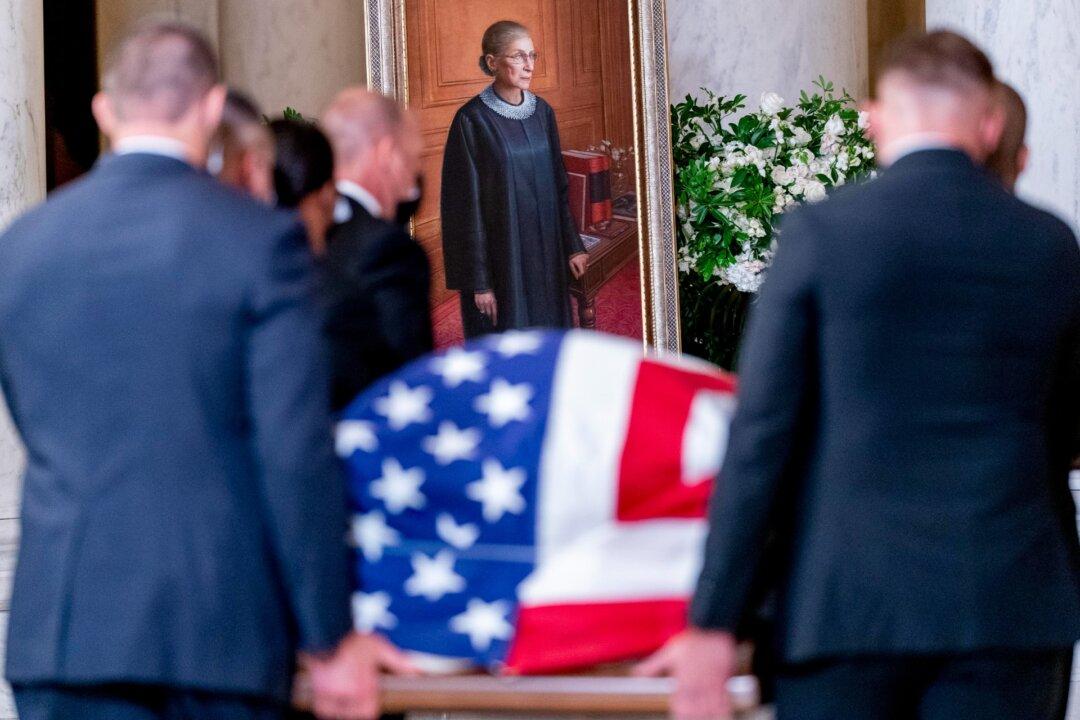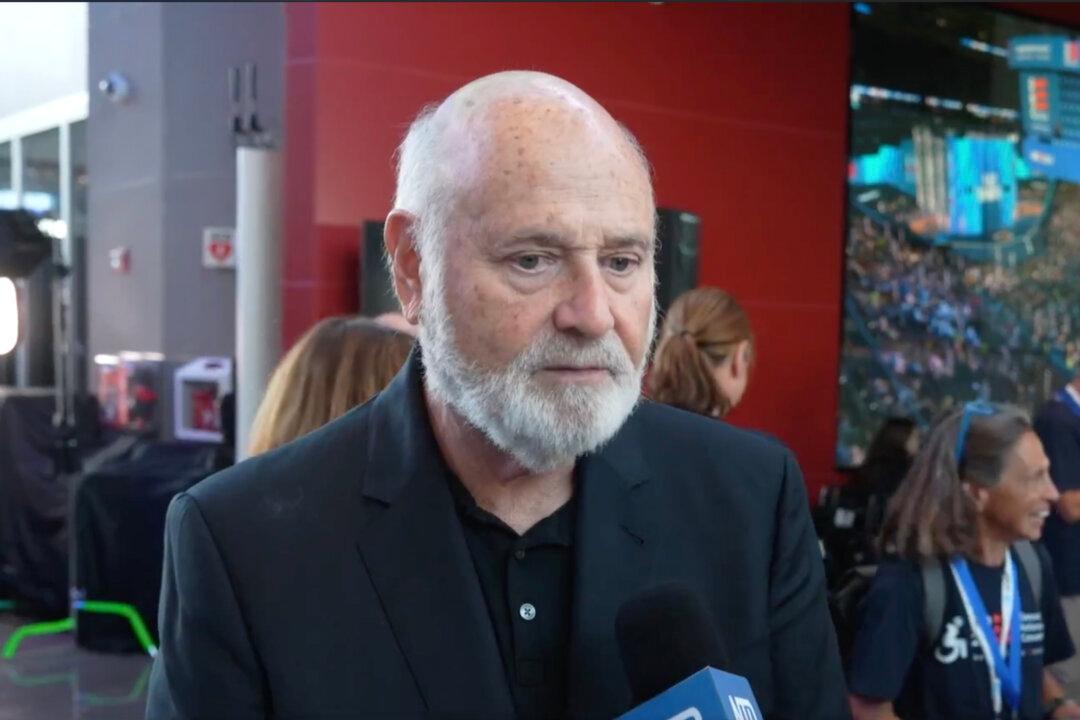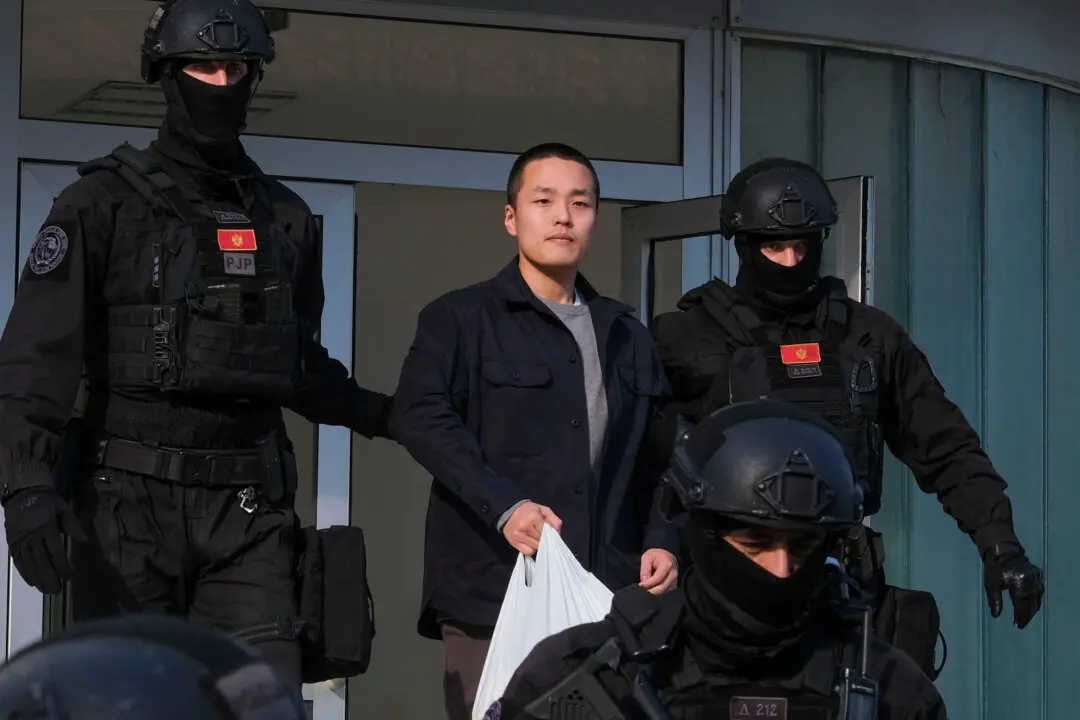Following a private ceremony with family, close friends, and the justices inside the Great Hall of the Supreme Court on Wednesday, Justice Ruth Bader Ginsburg’s casket was placed at the top of the court’s front steps so that the public can pay their respects.
“Her voice in court and in our conference room was soft, but when she spoke people listened,” Chief Justice John Roberts said.





